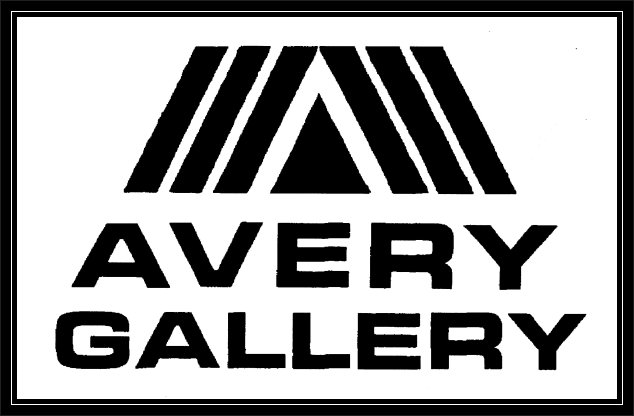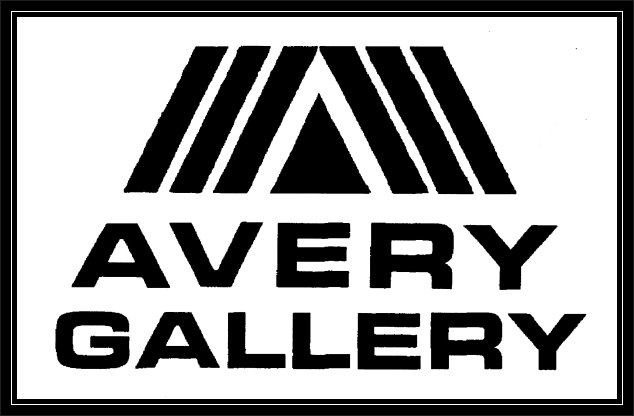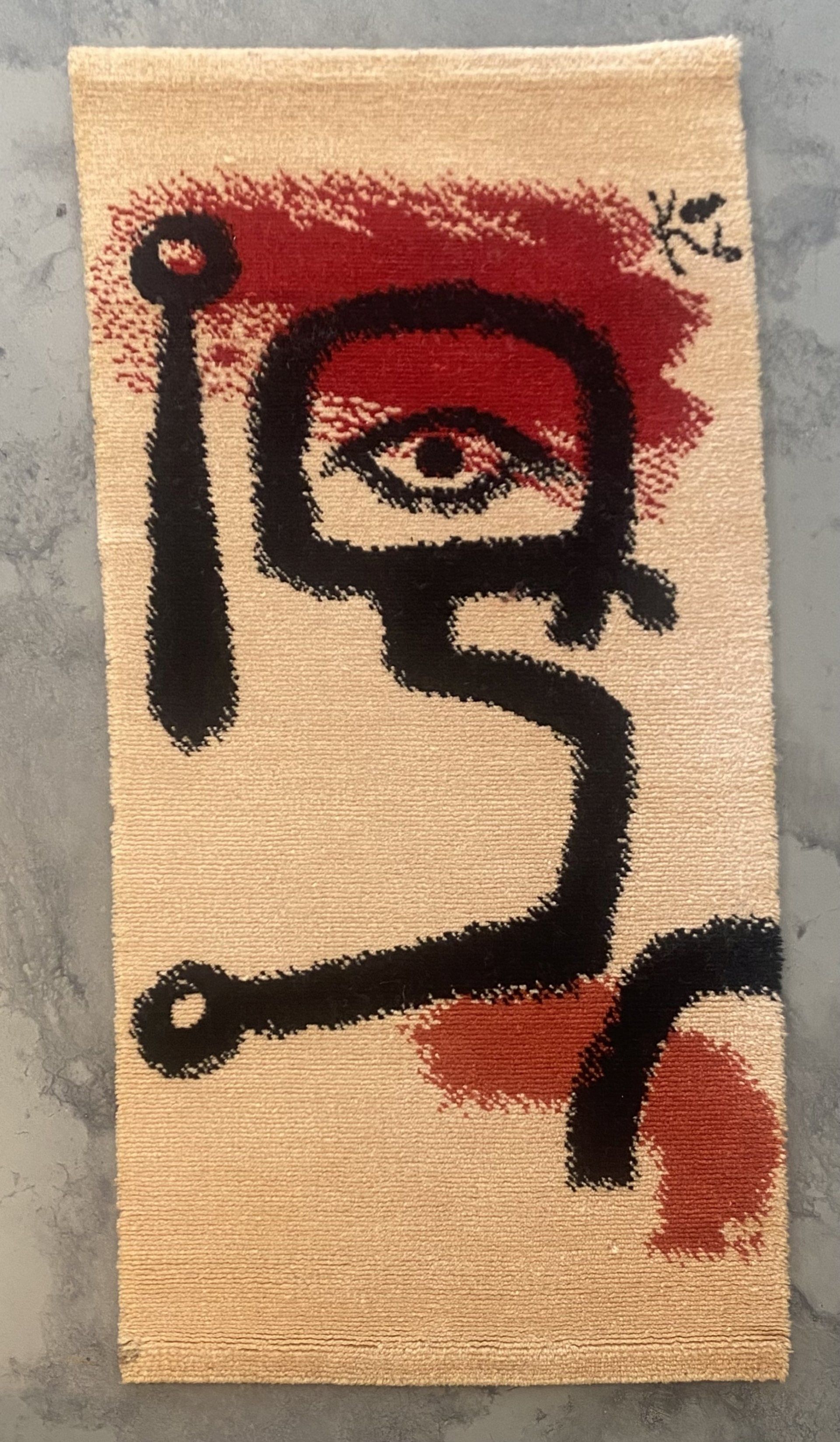Paul
Klee
(1879 - 1940)
Klee was the second child of Hans Klee, a German music teacher, and a Swiss mother. His training as a painter began in 1898 when he studied drawing and painting in Munich for three years. By 1911, he had returned to that city, where he became involved with the German Expressionist group Der Blaue Reiter (The Blue Rider), founded by Wassily Kandinsky and Franz Marc in 1911.
Klee and Kandinsky became lifelong friends, and the support of the older painter provided much-needed encouragement. Until then, Klee had worked in relative isolation, experimenting with various styles and media, such as making caricatures and Symbolist drawings, and later producing small works on paper mainly in black and white.
Always preoccupied with the ring of words, titles played a major part in his work. Whether ironic, poetic, irreverent, deadpan, flippant, or—near the end of his life—melancholic, his titles set up the perspectives from which he wanted the works to be seen.
From 1931 to December 1933, Klee taught at the Academy of Fine Arts in Düsseldorf. When the National Socialists declared his art "degenerate" in 1933, Klee returned to his native Bern. Personal hardship and the increasing gravity of the political situation in Europe are reflected in the somber tone of his late work.
Klee and Kandinsky became lifelong friends, and the support of the older painter provided much-needed encouragement. Until then, Klee had worked in relative isolation, experimenting with various styles and media, such as making caricatures and Symbolist drawings, and later producing small works on paper mainly in black and white.
Always preoccupied with the ring of words, titles played a major part in his work. Whether ironic, poetic, irreverent, deadpan, flippant, or—near the end of his life—melancholic, his titles set up the perspectives from which he wanted the works to be seen.
From 1931 to December 1933, Klee taught at the Academy of Fine Arts in Düsseldorf. When the National Socialists declared his art "degenerate" in 1933, Klee returned to his native Bern. Personal hardship and the increasing gravity of the political situation in Europe are reflected in the somber tone of his late work.
Courtesy of AskArt.com
-
Button
- The Drummer Boy
- Limited Edition Wool Rug 2093/2500
- 59" x 29-1/2"
- $2,100.00
© 2024
All Rights Reserved | Avery Gallery, Inc.



